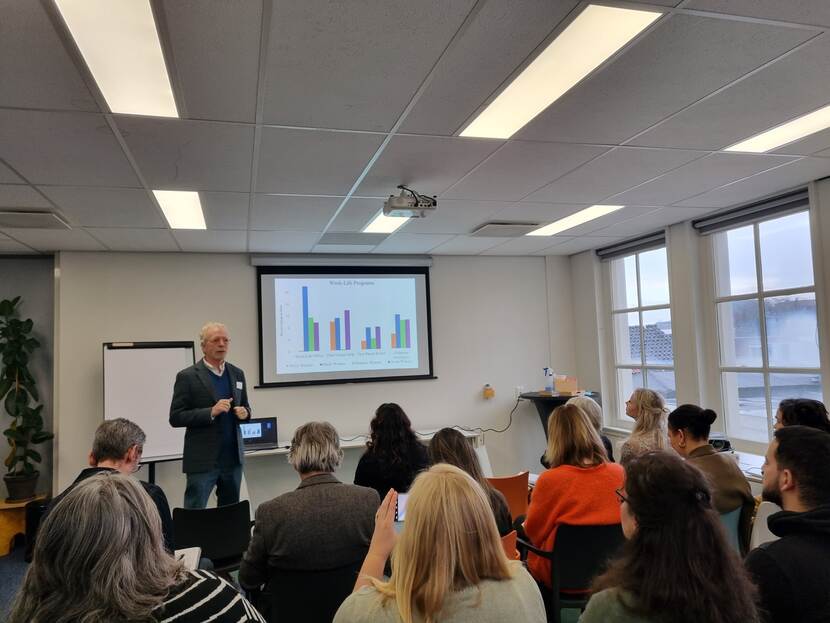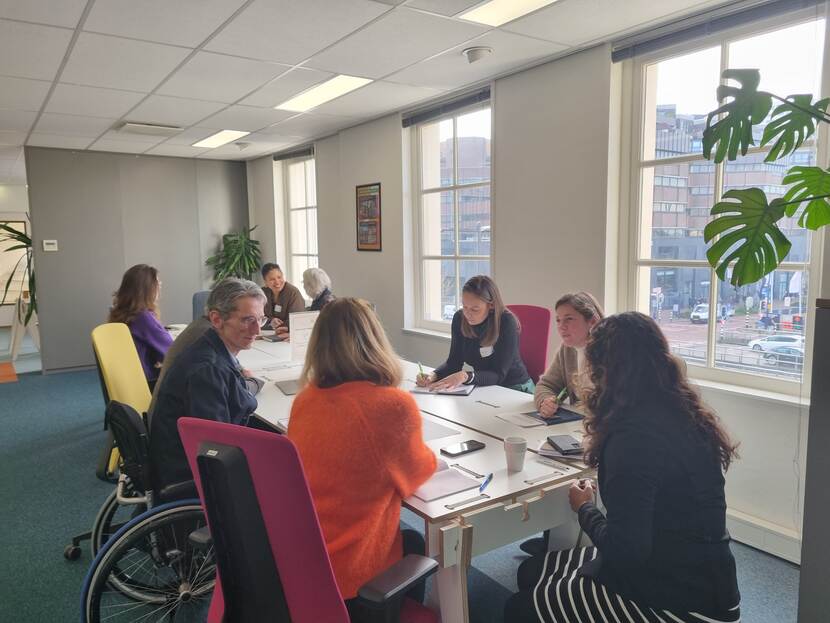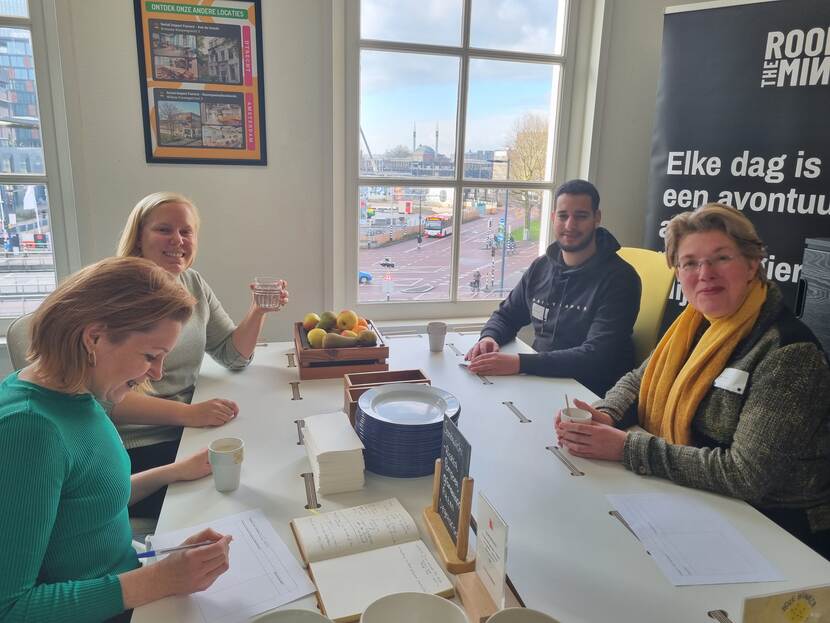Throwback event Diversity, Equality and Inclusion
On Thursday, January 9, 2025, the Advisory Committee Diverse and Inclusive Higher Education and Research (DIHOO) organized together with our network partners an event where we exchanged knowledge on what works and what does not work when it comes to diversity, equality and inclusion. We look back at a successful event with a good exchange of knowledge.
Research: Do Faculty Diversity Programs Work?
Frank Dobbin, Professor of Social Sciences at Harvard University and NIAS Fellow explained his years of research among 600 American universities on how diversity programs work. We looked at six strategies:
- Diversity training programs
- Grievance procedure
- Targeted recruitment and selection
- Equity Review
- Mentoring programs
- Taskforce
Two strategies have a negative outcome and four strategies have a positive outcome. Of course there are differences in the American and Dutch contexts. But the aim was what can we learn about what works and what does not work when it comes to steering mechanisms and policy interventions to promote diversity, equity and inclusion at the sectoral and institutional level. After the presentation the participants discussed in groups and the outcomes were shared.
What doesn't work
The results are that (one-time) diversity training often does not work and that a grievance procedure without a safety net is less effective in promoting representation. What also doesn't works is to focus on diversity without inclusion, introducing incentives, mandatory diversity training and project teams without a mandate. Time, money and resources are very important, almost a requirement, to achieve good results.
What works
What works better are:
- Targeted recruitment and selection and equal assessment.
- Mentor programs, because role models are succesful.
- Create a task force with dedicated teams and mandate where decision makers (decans) are included and addressed.
- Data collection and embedding processes and procedures into the organization.
- Quotas (such as the 2018 Westerdijk Talent Impulse).
- Work-life programs, dual career help, new parent relief and childcare assistance.
Define concrete steps
Nellie Konijnendijk of the Royal Netherlands Academy of Arts and Sciences advises that, above all, keep it as concrete as possible. 'Don't make it too big, but define concrete steps that are achievable and that you can measure.'
Frank Dobbin points out that change happens slowly and that we can do something about that together. Frank also calls for educational institutions to put together a taskforce. And there is a need for leaders to speak out more to bring diversity, equity and inclusion forward.
Next steps
How do we ensure that we continue to make steps even when there are less resources? It is emphasized that we need to join forces also with the Ministry of OCW and that cooperation in this with each other is mutually rewarding. Structural knowledge exchange is also very important between higher education, research and the Ministry. The added value of regulations and initiatives in Europe, such as the pay gap check and funding, is also touched upon.
Finally, Frank Dobbin brings the research: Crisis and Uncertainty: Did the Great Recession Reduce the Diversity of New Faculty? in. Data shows that during a crisis, only certain groups get hired, and corporate diversity increasingly disappears from the organization.
Working together more
Frank emphasizes that a national action plan is still needed in 2026. And that it is precisely now that it is necessary to work on diversity, equality and inclusion in the sector. He concludes by saying “working together more” and a few more ideas follow, such as drafting a joint statement for the national action plan from all partners.
We look back on an inspiring knowledge session, where it becomes clear that there is a need for knowledge sharing and knowledge exchange between the partners in the field in higher education and research.
Photos event Diversity, Equality and Inclusion


